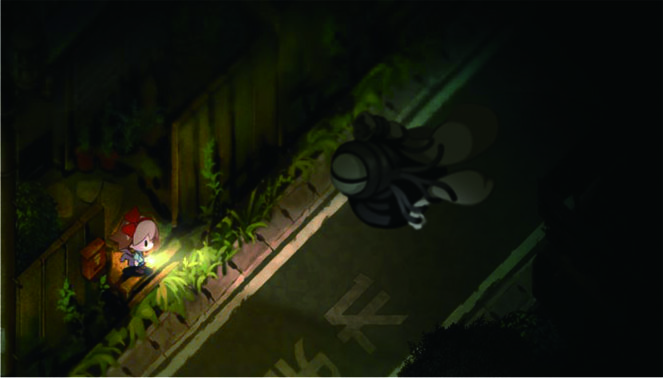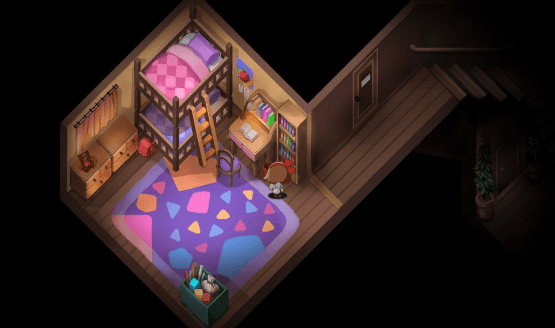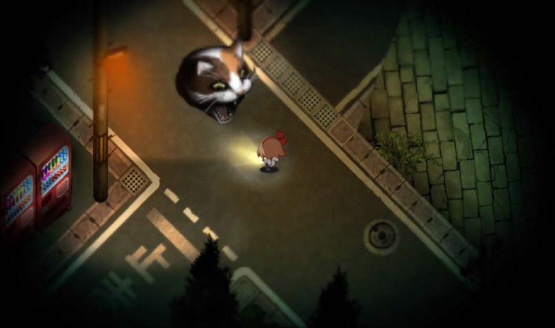
Yomawari: Night Alone is a survival horror game which has the rare honor of being a console exclusive on the PlayStation Vita (also seeing release on Windows). Released last October in Japan, the game evidently sold well enough to warrant a localization effort for North America and Europe by NIS America. We’ve put in our time in on the localized version, and have our review ready for you below.
Otherworldly Visuals
As evidenced in the screenshot above, Yomawari‘s visual design is pretty striking. There are some very abstract, weird, and even occasionally startling, spirits and things to find and run away from, like this gigantic cat head that doesn’t seem too pleased to meet your acquaintance. There are other things, such as gaping mouths jutting out from the ground, but we won’t divulge many other of the creepier spirits which roam the world, lest we spoil the surprise of being startled by them.
Yomawari‘s tensest moments occur when you narrowly escape a spirit, and hide behind a bush or notice sign. While you’re hiding, you cannot be attacked by a spirit, but you also cannot see anything but the object you are hiding behind. As your heart beats, it sends out a wave of red, and spirits are represented by a red smoke-like sprite, which usually walks away and out of sight, giving you a few moments to leave your cover and explore some more.
Yomawari is played in an isometric perspective. You use the left stick to move, and the right stick to look around in front of you with your flashlight. Square can throw some objects, like rocks, but this usually doesn’t do a whole lot. You can use L to tiptoe around, but that feels largely useless throughout most of the game. The R button sprints, and you have a stamina bar which, once emptied, slows you down. If you’re being chased by a spirit, which is fairly often in Yomawari, your stamina inexplicably depletes much faster than usual. This is in direct contradiction of what occurs in real life. Think about it: in reality, when you are scared, adrenaline starts pumping, precisely so that your body can run (or fight) for a longer period of time, in an attempt to keep you alive.
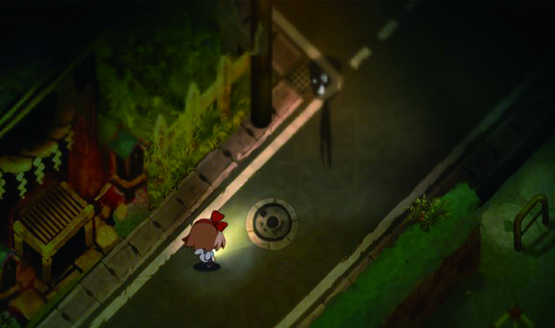
Awkward Movement
Another issue that crops up from time to time is that the environment gets in the way at the worst time. Some of the edges of what appears to be walkable areas are blocked by an object which is difficult to distinguish on the Vita’s smaller screen. Also, while you move with an analog stick, it feels like you’re stuck moving in only eight directions. You can also only point your flashlight in front of you, which is a realistic take and forces you to face in the direction that you wish to shine your light on.
Without giving too much away, the entire game takes place in a seemingly abandoned town, and the story revolves around trying to find your dog and sister after they are taken in the night. Each time you complete a chapter of the story, time progresses one full night – for some reason you only ever play during the night time.
You’re Too Young to Die
Yomawari has an interesting dichotomy going on; you play as a young girl, and as such, every game-related menu element is drawn in what appears to be crayon. This is a nice aesthetic, though it also means that the town’s map is woefully inadequate. This is likely a design choice, so that you don’t really know what is in one particular area, keeping some sense of surprise if you either have never visited an area before, or haven’t been back in a while. However, the story is also told from the girl’s point of view, and as such you are often left to your own devices, and must figure out where to go or what to do next. This can result in some frustrating backtracking or missed objectives, but some horror game players, admittedly, likely love this kind of mechanic.
Yomawari: Night Alone may provide the occasional jump scare if you’re playing with headphones on, but ultimately the game isn’t terribly scary. Death is about as meaningless as I’ve ever seen in a game, since everything that you have discovered or picked up stays with you, and the Jizo statues/checkpoint system only serves to save you time. In most any other game, death serves as a way to try a section over again. Some games get flak for not giving you enough of a safety net; Yomawari’s net catches you as soon as you fail, and you will fail quite a bit as you work out exactly what the game wants you to do.
Despite its flaws, Yomawari: Night Alone is an entertaining game that will be perfect to play while handing out candy to the neighborhood trick-or-treaters. The incredibly lenient death system will be seen as a boon by those who suffer through horror games and love only having to experience a particularly scary section the bare number of times that is necessary. The save system also encourages a pick-up-and-play mentality, which is a nice fit on the Vita. Pick up Yomawari: Night Alone if you want to see a horror game on the Vita, because it will likely be one of the last of its kind, since the system is on life support.
Yomawari: Night Alone review code provided by publisher. For more information on scoring please see our Review Policy here.
-
Great art style
-
Good sound design
-
A few tense moments
-
Meaningless deaths
-
Controls can fight you
-
Scares don't last
Yomawari Night Alone Review
-
Yomawari Review 01
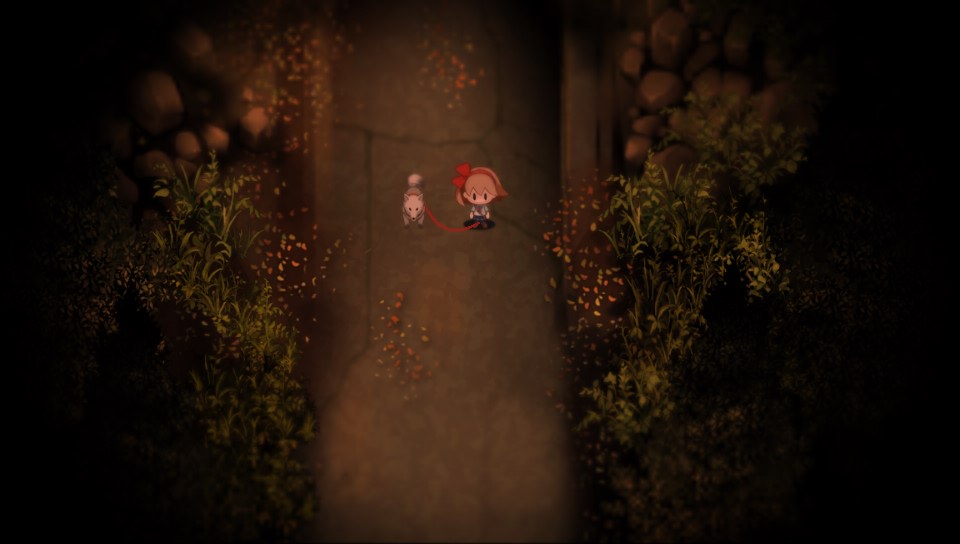
-
Yomawari Review 02
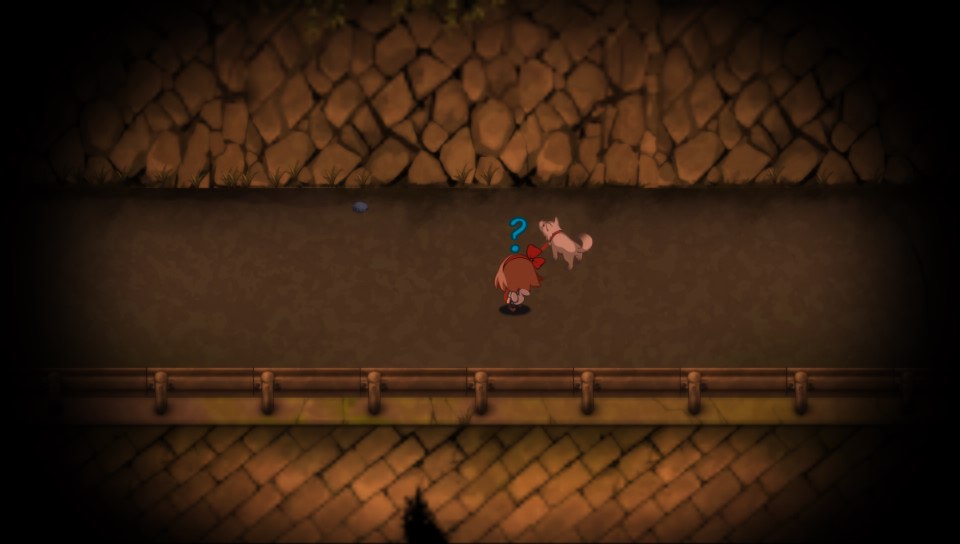
-
Yomawari Review 03
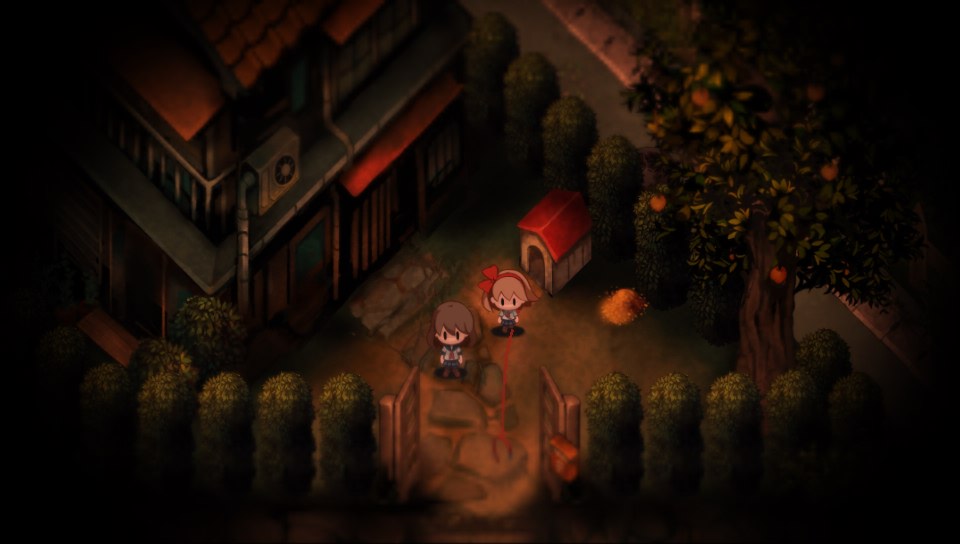
-
Yomawari Review 04
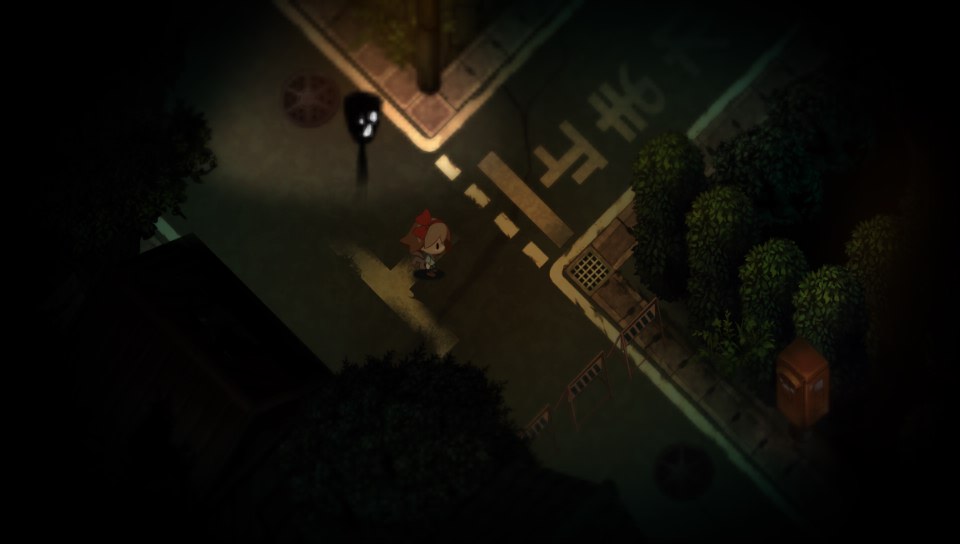
-
Yomawari Review 05
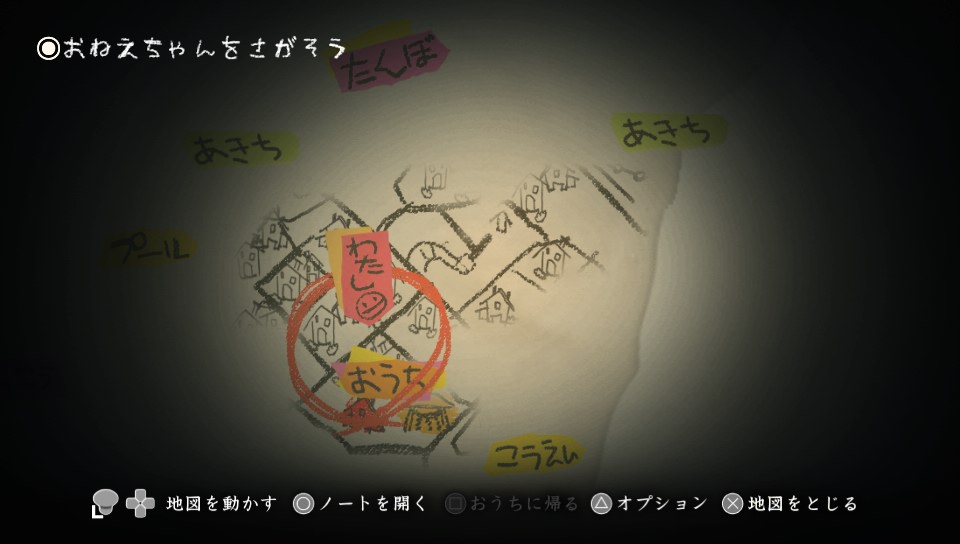
-
Yomawari Review 06
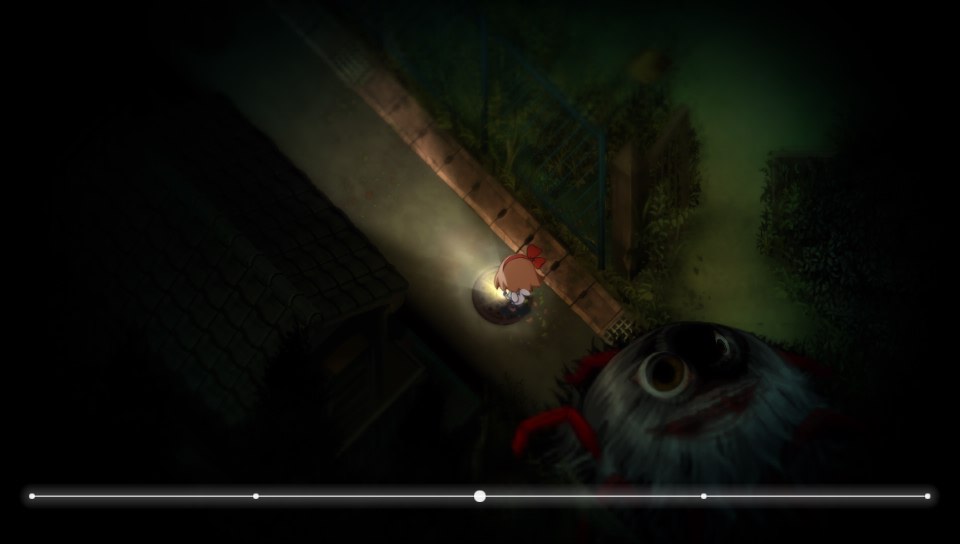
-
Yomawari Review 07
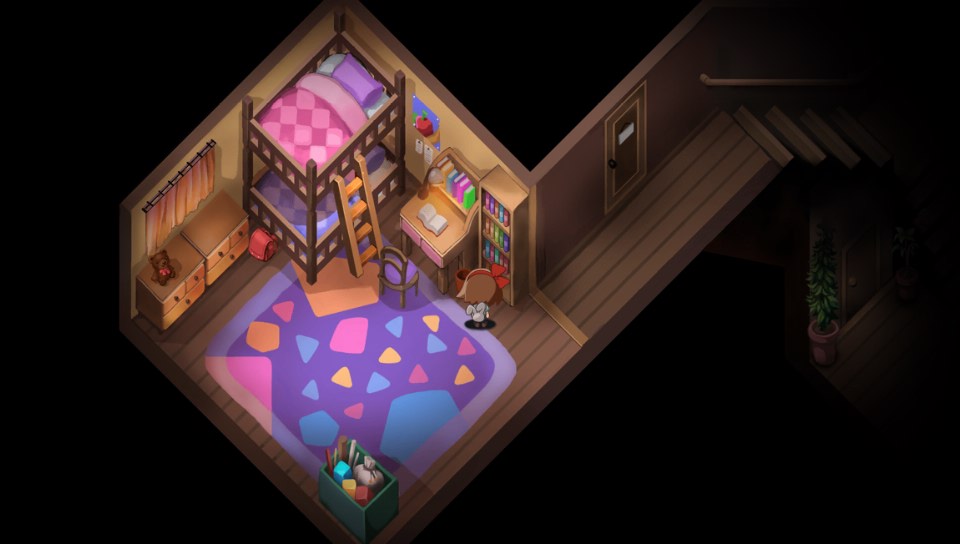
-
Yomawari Review 08
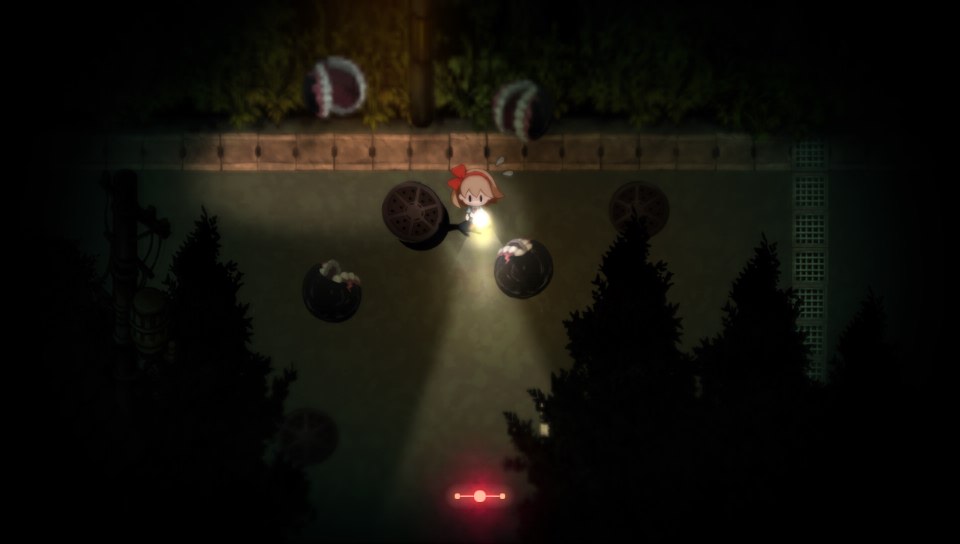
-
Yomawari Review 09
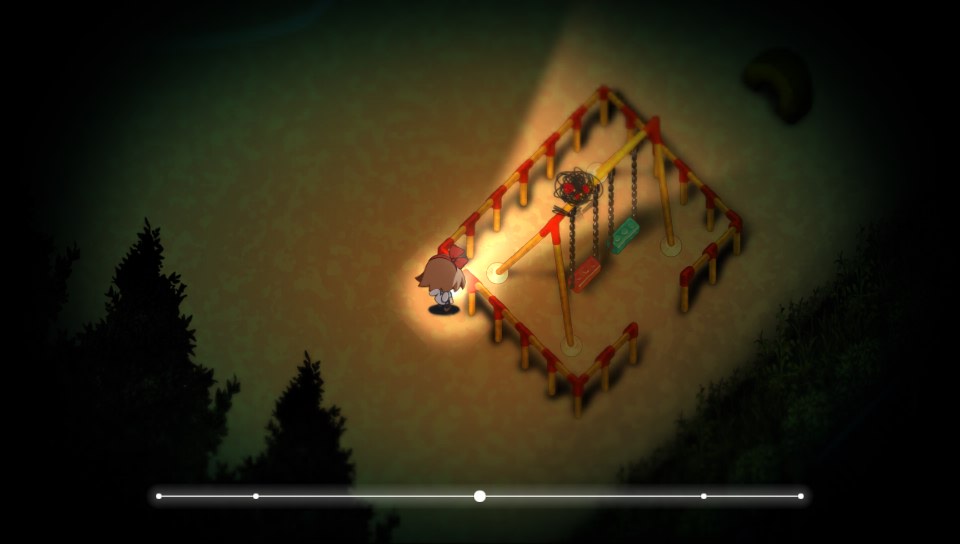
-
Yomawari Review 10
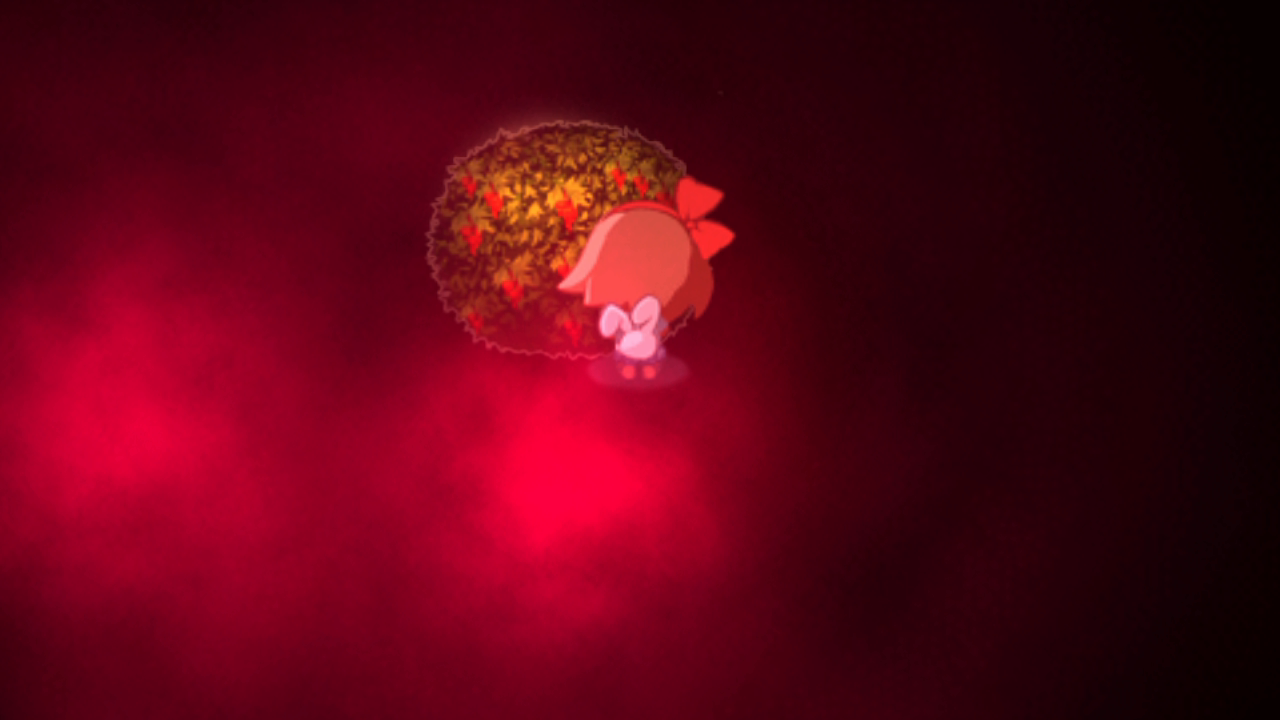
-
Yomawari Review 11
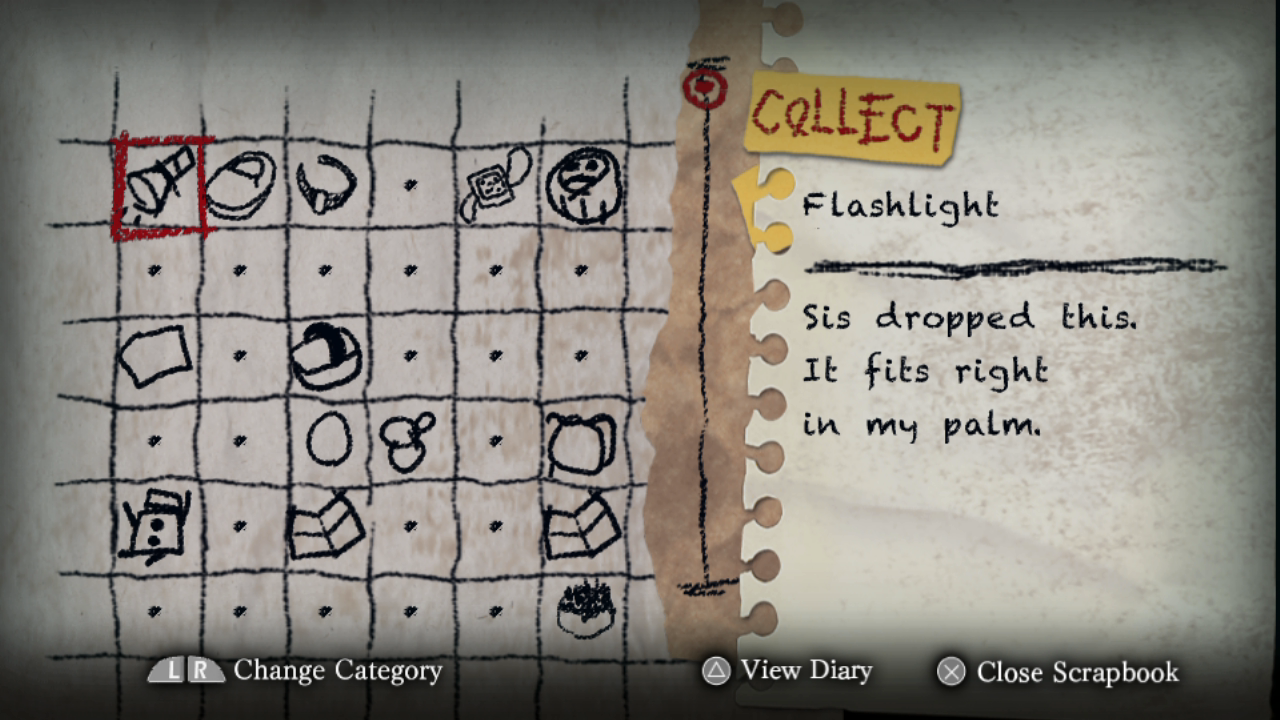
-
Yomawari Review 12
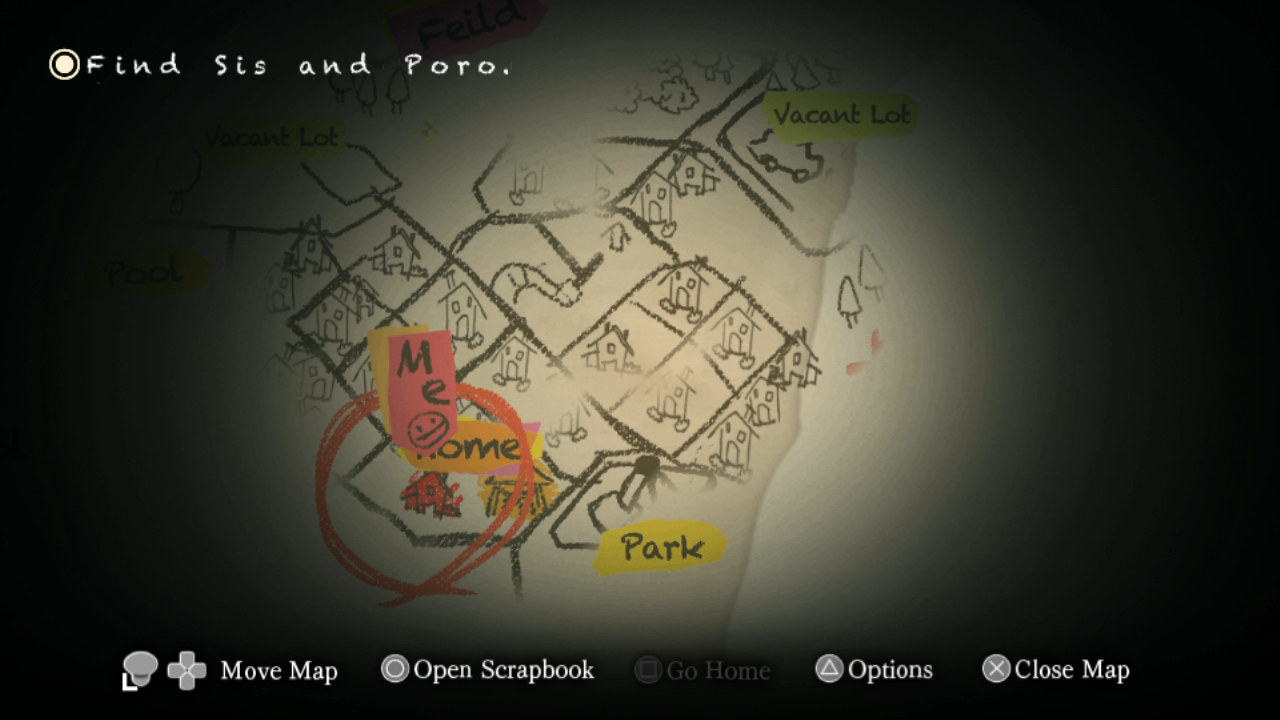
-
Yomawari Review 13
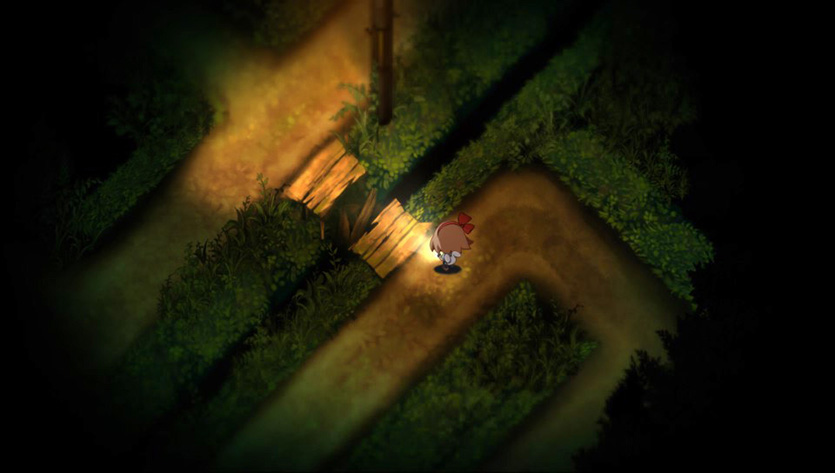
-
Yomawari Review 14
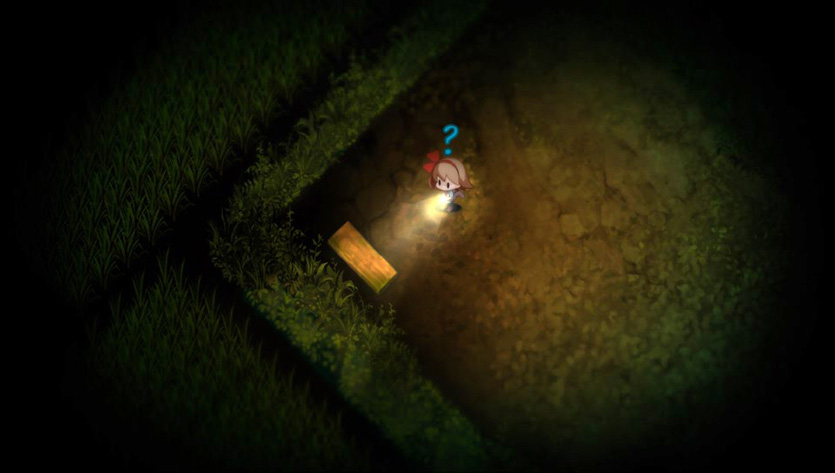
-
Yomawari Review 15
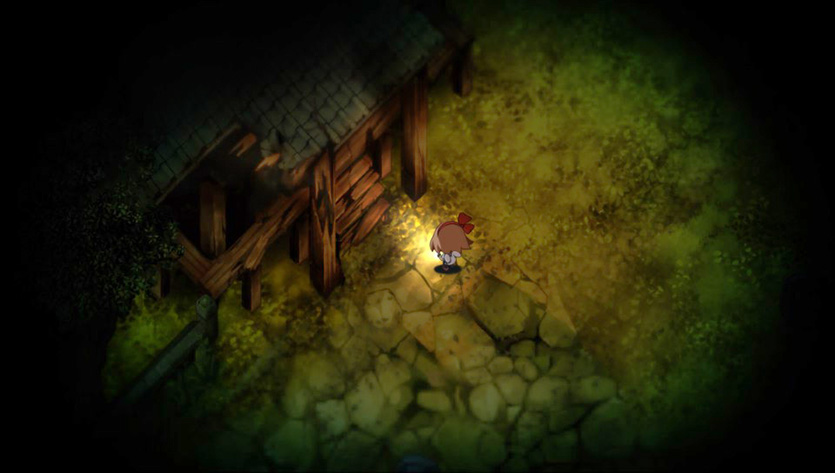
-
Yomawari Review 16
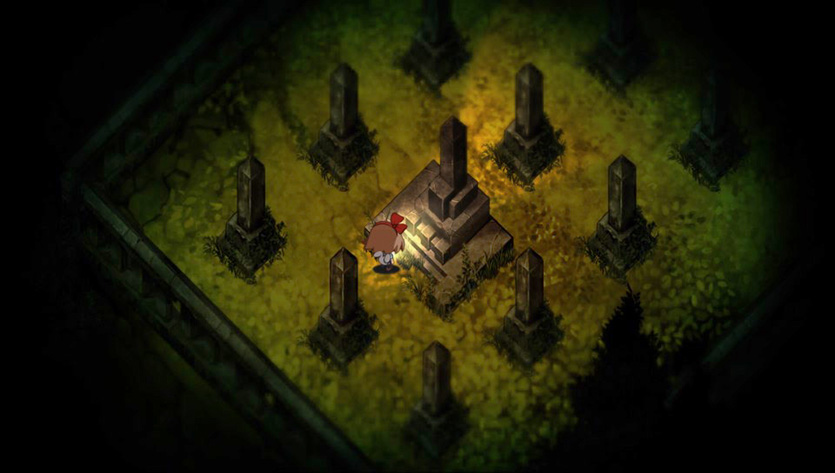
-
Yomawari Review 17
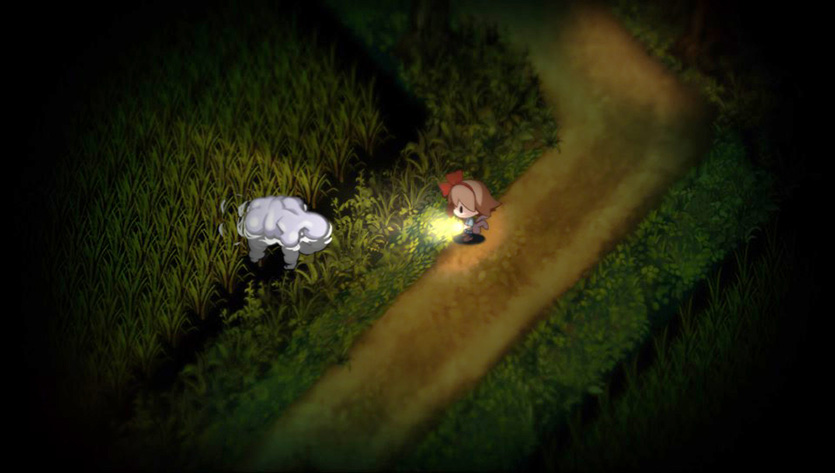
-
Yomawari Review 18
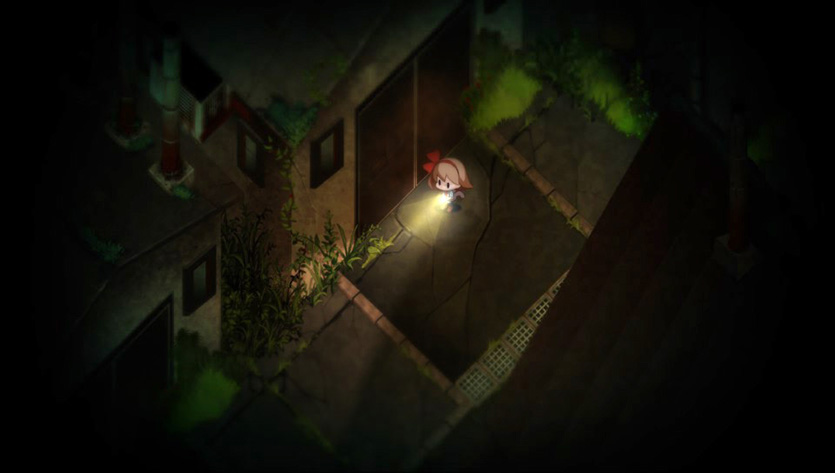
-
Yomawari Review 19
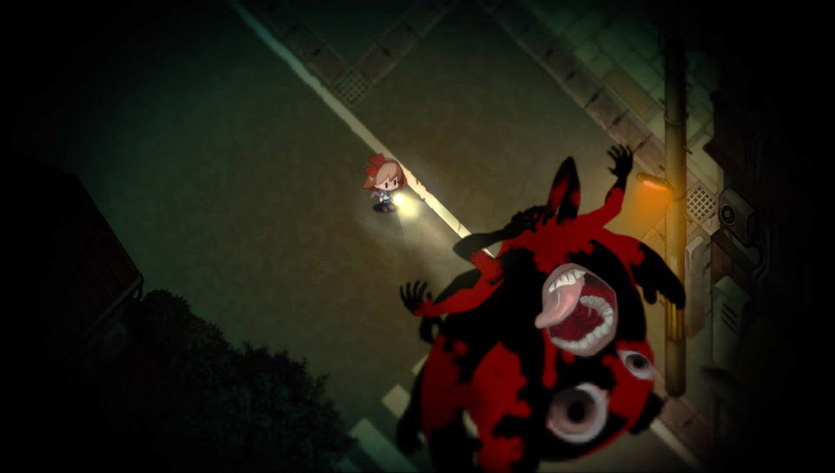
-
Yomawari Review 20
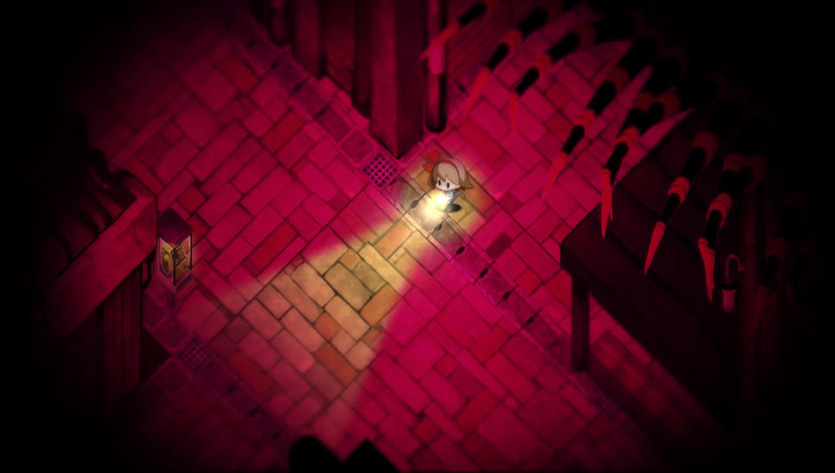
-
Yomawari Review 21
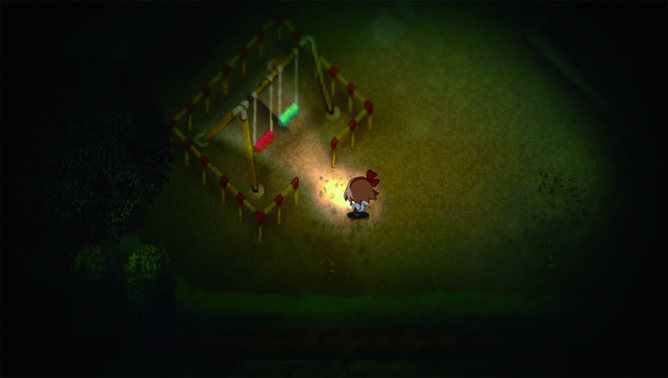
-
Yomawari Review 22
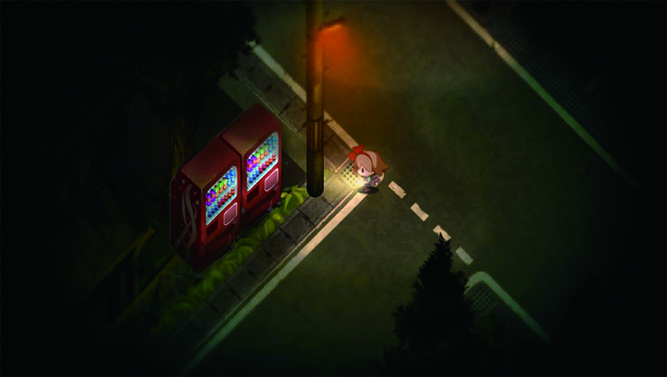
-
Yomawari Review 23
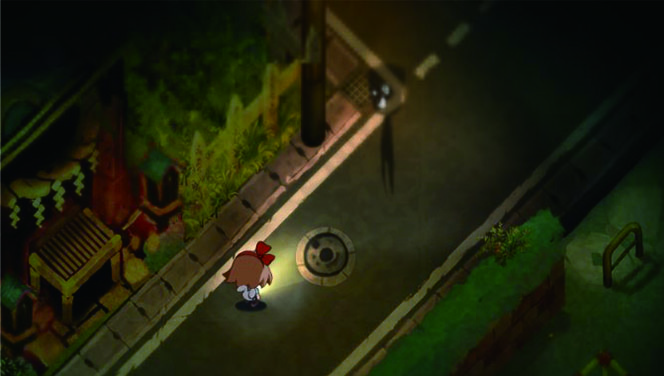
-
Yomawari Review 24
